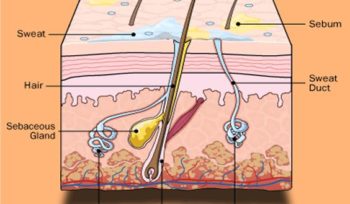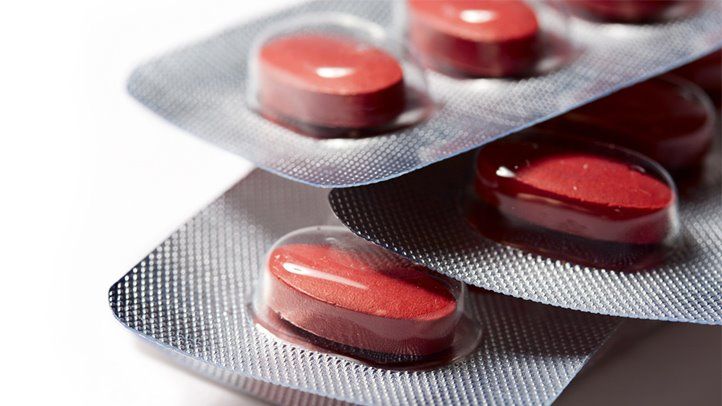
Panniculitis occurs when the mucous membrane in the nose becomes inflamed. This condition, commonly known as sinusitis, is caused by infection or irritation to the nose's mucosal surface.
Pannus is a thin, smooth layer of skin, mucous membrane and hair-like substance under the outermost layers of your skin. The panna has two layers – the cutaneous epidermis (the outer layer) and the mucosal layer (the second layer). Like all other medical conditions, Panniculritis can have several underlying causes. It can be due to an allergic reaction to dust mites, environmental irritants, stress, bacterial infections and viruses.
The presence of allergies may make Pannus inflame due to the presence of chemicals, such as insecticides, which cause an allergic reaction in the nose. Other chemicals, like certain types of detergents, may irritate the mucous lining of the nose. When the body is exposed to airborne pollutants, like pollen, dust mites or cigarette smoke, an allergic reaction may also occur. As mentioned earlier, exposure to certain medications may cause panniers. And there are several other causes, like rheumatoid arthritis or systemic Lupus erythropoietosis.
Pannus can also be due to an infection, especially bacterial infections. If bacteria enters the nose through the nose, an infection might occur, leading to the formation of pus.
Pannus is not life-threatening. But its symptoms are quite embarrassing, especially for people who are suffering from this condition. To help alleviate symptoms, you should seek medical advice right away. The symptoms usually disappear after a couple of days, even up to a week. However, it may cause temporary obstruction of breathing and discomfort when the pus or fluid accumulates around the nasal passages and throat.
To relieve the symptoms, you can take antihistamines, decongestants or oral medications, such as nasal irrigation or antifungals. If your condition is due to a virus, you may get decongestants to reduce symptoms.

In severe cases, medication may be necessary, so you should see your doctor right away for advice on reducing symptoms
Also, if your symptoms worsen, you should seek medical advice about taking medication. The condition may need surgery if your condition does not go away after three to four days.
To prevent the condition from getting worse, you can take preventive measures, such as using an antihistamine, taking preventive medicine, washing your hands properly after every touch and wiping your nose, avoiding irritants and cleaning your nose regularly, wearing a saline solution before you sleep. You should also avoid scratching your nose.
If your condition is a serious case, your doctor will suggest you to take antibiotics. There are several types of antibiotics available for the treatment of panniculitis. These include amoxicillin and gentamycin, tetracycline and erythromycin.
The most common side effects of antibiotic drugs are stomach upset, diarrhea and vomiting. But these effects are rare and temporary, so it is not usually serious. Antibiotics have been proven to be effective in the treatment of panniculitis. But the antibiotics must not be taken more than three months at a time, as the body may eventually build a resistance to them.
Oral antibiotics are usually used to treat severe cases of panniculitis. They work by destroying bacteria in the nasal cavity. They are normally taken once or twice a day, preferably in the morning and before bedtime. You can take them for long periods of time without any ill effects. Antibiotics work by killing bacteria that are found in the nasal passages.
Antibiotic drugs are also used to treat fungal infections, as well. Oral antibiotics, also called topical antifungals, work by killing bacteria. They are prescribed to reduce symptoms of panniculitis, as well as chronic sinusitis and allergies.
Oral antibiotics, like tetracycline and erythromycin, are also used to treat the common colds. But they do not fight bacteria. Therefore, they cannot be used to treat the symptoms of panniculitis. Instead, they help you to overcome the symptoms caused by an infection.